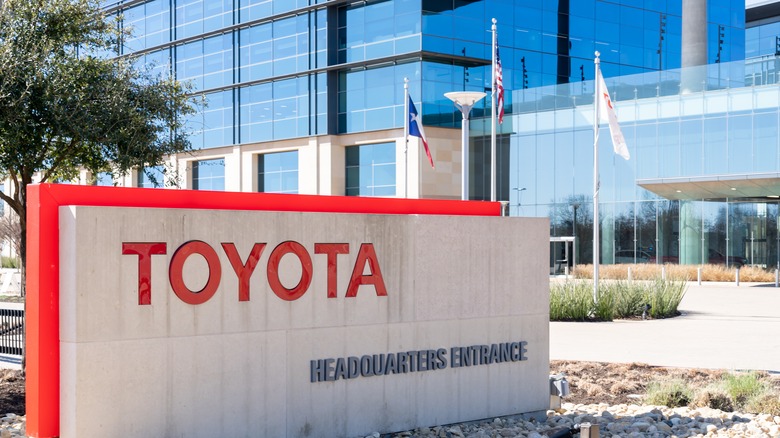Deadly Defect: The Story Behind Toyota's Biggest Controversy
The Toyota and Lexus brands are on top of the heap for their reputation of reliability, safety, and durability. However, an alarming 911 call one fateful day in August 2009 shook the Toyota conglomerate, and served as a wake-up call for the automaker's quality issues that began as early as 2007.
California state trooper Mark Saylor and three others perished in a fiery crash after their loaner car — a Lexus ES 350 — refused to stop when the accelerator pedal got stuck. The frantic 911 call made headlines, and the Saylor family became the face of Toyota's longstanding debacle.
Understandably, Toyota went into panic mode as the NHTSA issued a recall for 3.8 million vehicles for pedal entrapment caused by stacked floor mats, followed by a January 2010 recall for 2.3 million and 1.1 million cars to address a sticky gas pedal issue. The massive vehicle recalls ignited a media frenzy that painted an ugly picture of Toyota for having serious quality issues.
Fueling the flame are Toyota-issued recalls for thousands of Prius and Lexus hybrids from February to August 2010 to patch software issues for braking problems, and on January 2011 for 1.7 million vehicles addressing problems unrelated to the earlier gas pedal issues.
Making mountains out of molehills?
The inherent recalls and congressional hearings that ensued from January to February of 2010 sparked massive coverage from the media on all fronts. Many journalists were fixated on downplaying the pedal entrapment and human error factor, and were insisting electronic bugs were the main problem. Everything almost blew out of proportion until NASA (yes, the space agency), at the request of the U.S. Congress, concluded a 10-month study to identify the possible electronic causes of unintended acceleration.
The Department of Transportation published the study's results on February 9, 2011, after enlisting "the best and brightest engineers to study Toyota's electronics systems." According to Michael Kirsch, principal engineer at the NASA Engineering and Safety Center (NESC), the department "found no evidence that a malfunction in electronics caused large unintended accelerations."
Moreover, Toyota discovered that the dealership installed the wrong set of floor mats in the ill-fated Lexus ES that killed Mark Saylor and his family, resulting in "pedal entrapment." As it turns out, the dealership installed floor liners from a Lexus SUV, causing it to jam the gas pedal and make the car go haywire, all pointing to human error.
Toyota and Lexus ended up paying $10 million to the Saylor family, and about $1.3 billion in a settlement with the U.S. Justice Department in 2014.

